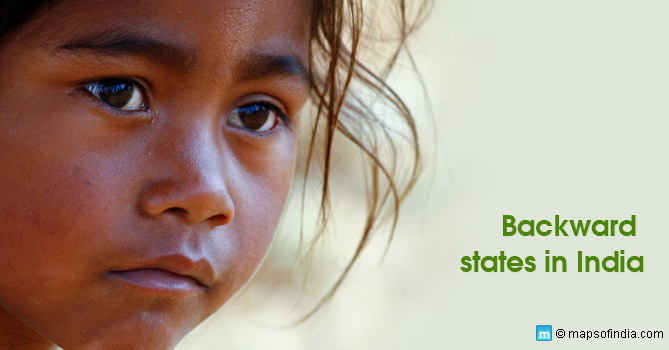As a third world country India represents a case of development, which is peculiar yet quite expected as well. It is peculiar in the sense that there are some states in India that are much developed, in far better condition than others. Examples of such states are Punjab, Maharashtra, Delhi, Tamil Nadu, and West Bengal, Karnataka, and Andhra Pradesh to a certain extent. However, the situation in some states is pretty deplorable. It is not unexpected because this pattern of unequal development is common across all countries that have been European colonies before and are now trying to come to terms with the devastating aftermath of those regimes while trying to chart a path of progress. The question is why does this happen? At some level it can be apportioned to the faulty policymaking and even poorer implementation of the same by respective government agencies. For a country like India that aspires to be a global power this is not the ideal situation to be in.
Raghuram Rajan Committee Report
The Raghuram Rajan Committee Report of 2013 stated that Bihar, Odisha, Uttar Pradesh and Jharkhand are the four most backward states of India. Odisha is supposed to be the most backward state in India right now. It had also stated that Gujarat is among the less developed states of India. In recent times, Gujarat has taken some rapid strides in terms of urbanising itself, especially when Narendra Modi was its chief minister. In spite of that it was found to be in the lower rung among Indian states and union territories in terms of development. P Chidambaram, the-then Union Finance Minister, had set up the committee in May 2013. In this context, it also needs to be remembered that during his speech as a prime ministerial candidate Modi had expressed a desire to follow the Gujarat model of development.
Rajan has previously served as the Chief Economic Adviser and is presently the Governor of RBI. The main responsibility assigned to the committee was to divide the states on the basis of various developmental indices. As per the findings of the report, funds were to be allotted by the national government to the respective states. At that time, the report had found Goa, Tamil Nadu, and Kerala to be the most well-developed states of India. In fact, Goa was the best among all these.
The said list also found Punjab, Uttarakhand, Maharashtra, and Haryana to be states that had achieved a relatively decent level of development. The panel also devised a new index that was to be used for determining how backward a state was, which would consequently help the national administration determine how much assistance a state needed.
How is a state deemed to be backward?
Several factors come into play while determining whether a state is backward or not. The Raghuram Rajan Committee took into account several factors and gave them equal weightage to come up with the said index. They may be enumerated as below:
• Monthly per capita consumption expenses
• Female literacy
• Education
• Percentage of population that can be classed as Scheduled Tribe or Scheduled Caste
• Health
• Rate of urbanisation
• Facilities available within households
• Levels of financial inclusion
• Poverty rate
• Physical connectivity
Human Development Index
Human development index is one of the many indicators that are used in order to judge the developmental condition of a state or a particular region. An HDI between 0.899 and 0.849 indicates high to very high level, while a count between 0.549 and 0.799 indicates a moderate level of development. A count between 0.250 and 0.499 indicates a low level of development. It needs to be noted that on a whole India is regarded as a country with low levels of HDI. In fact, none of the states in India have what can be called a high level of HDI. Kerala, the whole Northeastern region, Delhi, Maharashtra, Himachal Pradesh, Tamil Nadu, Goa, Haryana, and Punjab are ones with moderate levels of HDI and the rest are all states with low HDI. Perhaps it is important that the governments take more control in key areas such as health and education and also fortify sectors such as agriculture and manufacturing as that is where most people in this country work.




